Cuisine in the Americas has generally maintained a linear course of fusion and innovation from pre-Hispanic to modern times—but the Greater Antilles, the lush islands where the mighty Arawak cultures were razed, are an exception. The Spanish occupation of Jamaica wiped out the Arawaks, and the encomienda system laid their farms and traditional foods to fallow and neglect as the native population was worked to death. All that remains of the Arawak contribution to Jamaican cuisine is pit-style roasting, known as jerk, and such essential ingredients as cassava, Scotch bonnet peppers, and maize.
The cuisines of Mexico, Brazil, and Guatemala have pre-Hispanic foods and products unchanged by the conquests. The modern chefs of those countries are employing Native American techniques and ingredients, such as barbacoa (Mexico), tapioca (Brazil), and pepian (Guatemala) in their contemporary tasting menus. In the Caribbean, the Spanish exploited the Arawaks to one end: the pursuit of gold and precious gems. The maroons (escaped African slaves) learned jerk while living in the mountains with the last surviving Taino. Jamaican cuisine essentially began from scratch with ingredients left behind by South American explorers from the Orinoco River Valley, Spanish products and cuisine from the Columbian Exchange, culinary techniques of enslaved West Africans, flavors introduced by indentured servants from China and East India, and dishes and traditions from the British Empire.
The resulting cuisine has been a gathering of unfortunate events suffered by its many participants to form Jamaican patois, a local language truly understood only by Jamaicans, a culinary dialect rich in flavor, spice, and tragedy. The Jamaican patois is the English-based creole evolved by West African slaves. It’s a language that resists colonialism and binds the culture together. It evokes a sentiment that translates into Jamaica’s iconic musical styles, which have brought worldwide attention to the achievement of the island’s Afro-Caribbean population and its rich, fitfully fused gastronomy. Jamaica offers a rare glimpse into the method by which many cuisines form, a method whereby the enterprise and knowledge of ancient cultures are assimilated or muted by war, colonization, or even genocide.
Ackee and saltfish
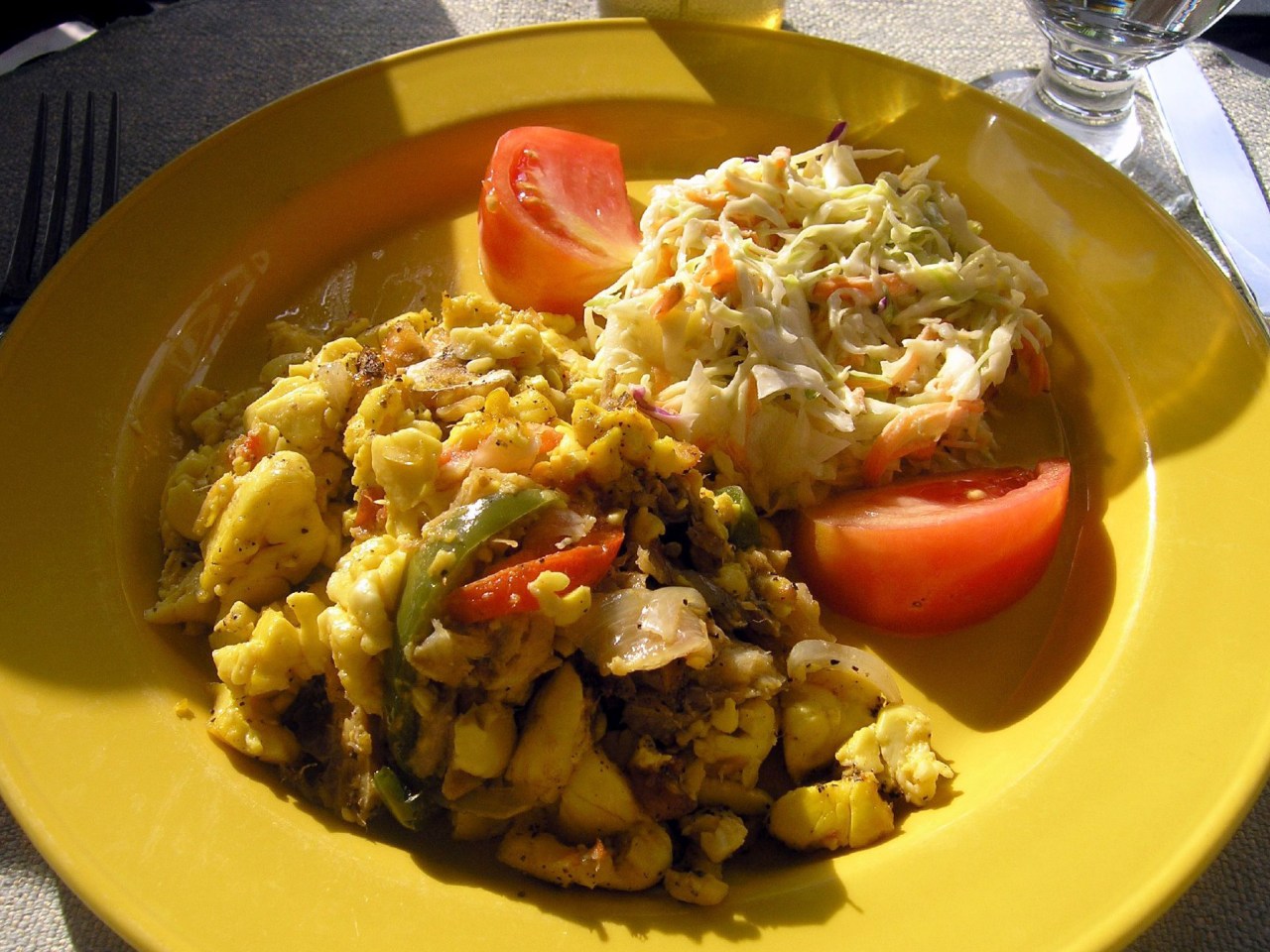
According to local tradition, Tuesday and Friday mornings are a time for celebrating Jamaica’s national dish, though it’s available all the time. A sauté of North Atlantic saltfish and West African ackee—both imported as a result of the slave trade—with bell peppers, onions, and some ribbons of the potent Scotch bonnet pepper of the Taino civilization. Ackee is the blowfish of fruit, requiring secure disposal of its poisonous parts lest a child or family pet picks them up.
Bammy
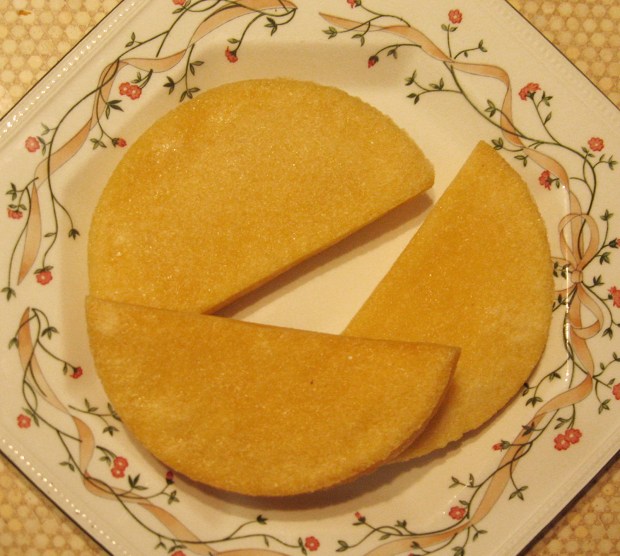
This Jamaican version of a cassava flatbread introduced by the Taino is soaked in coconut milk, formed into discs, and fried to accompany fried, steamed, or escovitch fish.
Callaloo
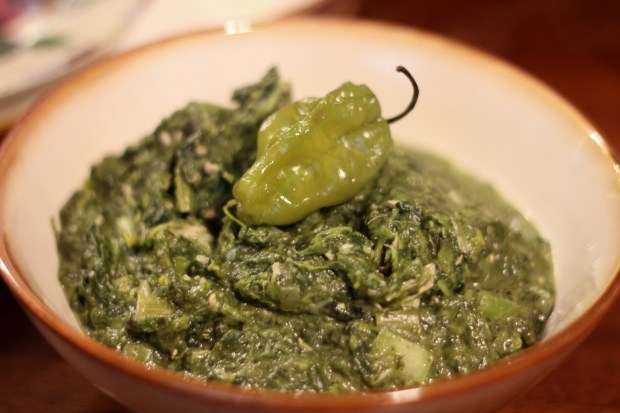
History is hazy when it comes to Jamaican callaloo, or steamed Amaranthus viridus. It may have arrived with the Taino or come from Indochina via the slave trade, but the cooking style is West African. Wherever West Africans were traded as slaves, steamed greens have followed, whether collard greens in the American South, couve à mineira in Brazil, or callaloo in Trinidad and Tobago (made more elaborate as a soup with crab as well).
Chicken fricassee (Jamaican brown stew chicken)
A delicious chicken in a brown gravy sauce, to be served with rice and peas, further obscuring the original name of the dish, which roughly translates to browned chicken with mushrooms in a white wine sauce. Despite the French name, there’s no mistaking this dish, boosted by the addition of Caribbean fire from a Scotch bonnet pepper sauce, for anything less than 100 percent Jamaican.
Coco bread
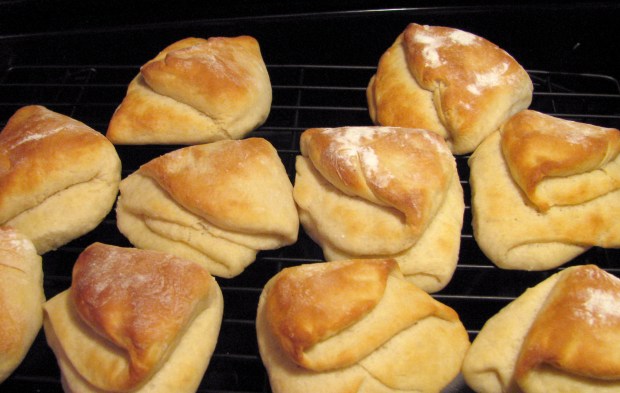
This bread’s two principal ingredients, coconut and wheat flour, were introduced to Jamaica by Spanish occupiers. Together they produce a sweet, soft bun, which must be brushed with ample amounts of melted butter. The more recent trend of stuffing a beef patty into a split coco-bread roll illustrates its ability to serve as a fine sandwich bun.
Cow cod soup
Of all the bullshit myths about foods that offer a nod and a wink to virility, this thick soup of bull penis, green plantains—yes, we could stop right there, but we won’t—yams, potatoes, sweet peppers, Scotch bonnets, and rum makes a strong case for itself as a date-night option. The cod refers to the penis in this rural delicacy, a weekend dish traditionally cooked by grandmothers, who obviously know best.
Cow-foot soup
The narrative of offal dishes in the post-Columbian Americas is that lesser parts were left over for the enslaved, who in turn used their cooking skills to make a tasty meal. Such is the case with cow-foot soup, a popular dish throughout the Caribbean. The Taino’s addition of butter beans lends a silky texture to the stew when they are slow-cooked with the marrow from the cow’s foot. It’s seasoned with flavorful allspice, a Jamaican berry that delivers aromas of nutmeg, clove, and cinnamon.
Curry goat stew
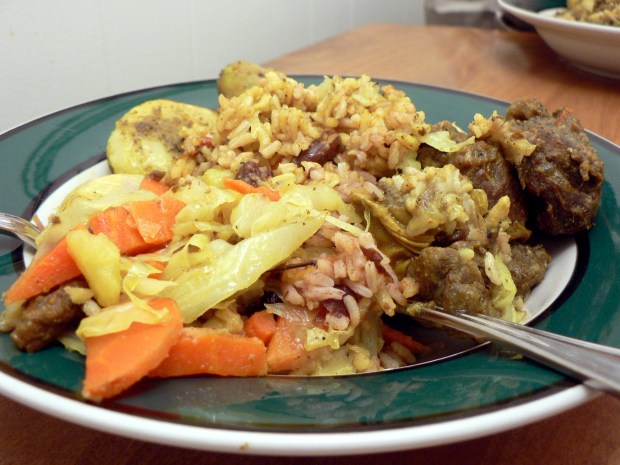
Curry arrived to Jamaica in the 1600s with indentured servants from India. The local version, milder than what you might find in Punjab, evolved an island flavor from Jamaican allspice, potatoes, and Scotch bonnet peppers. Goat arrived in Jamaica with European invaders, yet a taste for goat stews was already known among the West Africans enslaved by Spain. Goat is king in Jamaica. Typically eaten at celebratory events, it reflects the history of cultures that have lived on the island.
Dumplings
Fried or boiled, Jamaican-style dumplings are a staple at most meals. The technique and flour for making these breadlike dumplings originated with the British. They are occasionally stuffed with meat or vegetables but are traditionally eaten as a starchy side to other dishes. World-champion Jamaican sprinter Usain Bolt eats them with dinner before he retires for the evening.
Escovitch
In Spanish it’s escabeche, and it is one of the few Spanish contributions to Jamaican gastronomy. Vinegar is used to marinate fried local red snapper or kingfish with Jamaican allspice, Scotch bonnets, carrots, sweet peppers, and onions.
Fish tea
In Jamaican patois, you “drink soup” rather than “eat soup,” highlighting the rich, flavorful stock in the broths. The original version of fish tea was a fish-head broth eaten on plantations, but today a heartier recipe is loaded with ingredients introduced by the Taino—cho cho (chayote squash), sweet peppers, Scotch bonnets, and green bananas— and made with inexpensive fish like herring or sprat.
Jamaican patties
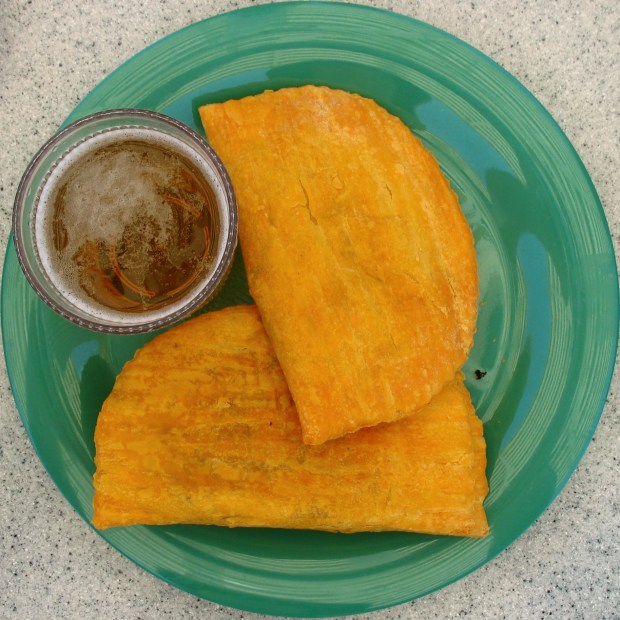
Wherever Cornish miners went, the utilitarian properties of the British pasty followed, from the California Gold Rush towns to Mexico’s silver mines in Pachuca and Real del Monte, Hidalgo, and all the way to the copper mines of Jamaica. The edge of the pasty served as a handle, so that soiled hands wouldn’t taint the delicious filling wrapped inside the baked dough. Jamaican beef patties incorporate curry from India and cumin from West Africa into a seasoning blend of Jamaica’s international influences.
Jerk chicken
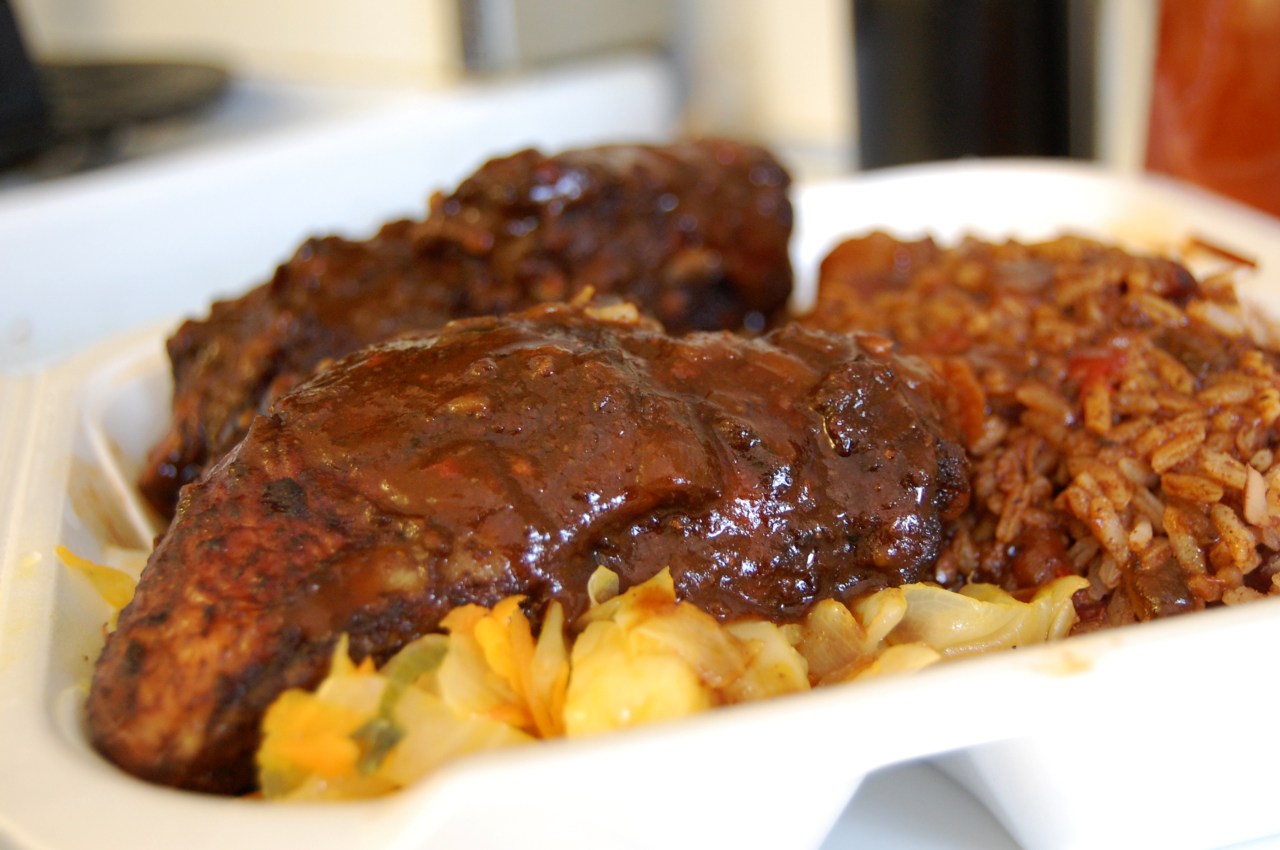
The American method of barbecue was established by the Taino, who brought the tradition to Jamaica from the Orinoco River Valley. The method survived care of with the maroons, camping out in the mountains and learning from the Taino how to cook meat over pimento wood. The base of Jamaican jerk marinade is fiery Scotch bonnets, pimento, and the aromas of green wood in addition to such Old World ingredients as ginger, garlic, scallions, and thyme.
Mannish water
Lift your spoon to another Jamaican ode to virility and manhood found in a robust dish of sheep’s head, testicles, and feet fortified with potatoes, cho cho, yams, and green bananas. This type of soup exists throughout South America, Central America, other Caribbean islands, and Mexico. What separates this preparation are the signature elements of allspice and Scotch bonnets and the tradition of eating it on the wedding night.
Oxtails
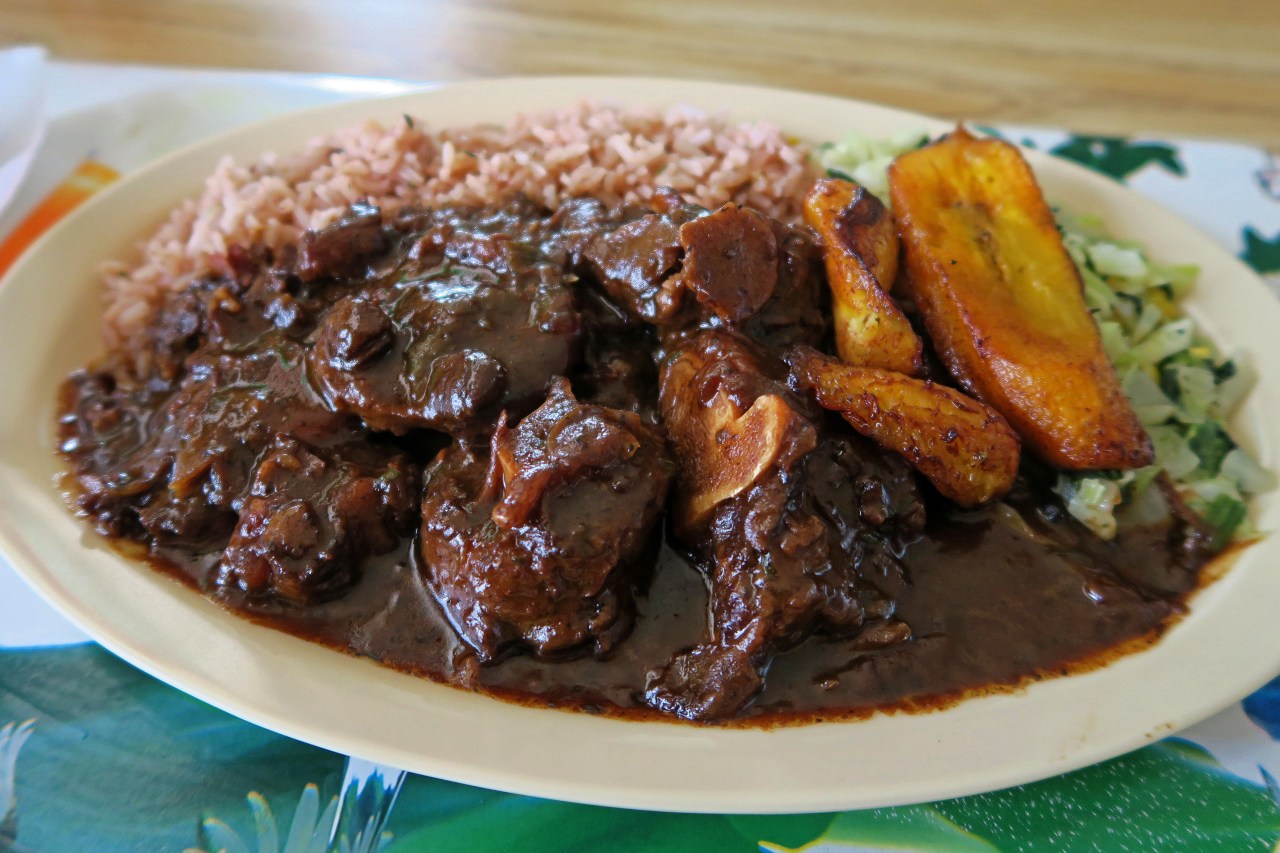
Oxtail dishes are found in many countries of the West African diaspora. One could do an oxtail tour of the West Indies and the Americas and never grow tired of the many iterations of oxtails, an essential dish in Jamaican cuisine. This soul-food version of slow-cooked oxtail with broad beans is punctuated by the universal Jamaican provisions: allspice and Scotch bonnet peppers. In the West Indies, Cuba, West Africa, and the U.S., oxtails are coveted for their gelatinous texture and rich flavor.
Pepperpot soup
Callaloo, or Amaranthus viridus, likely originated in South America and is the foundation for this soup from the Taino immigrants to Jamaica. It’s enriched by okra, a popular food introduced from West Africa. Despite its name, pepperpot soup isn’t overly spicy but has a West Indian twist of salted beef and pigtails, both common ingredients where the British Empire set down.
Plantains
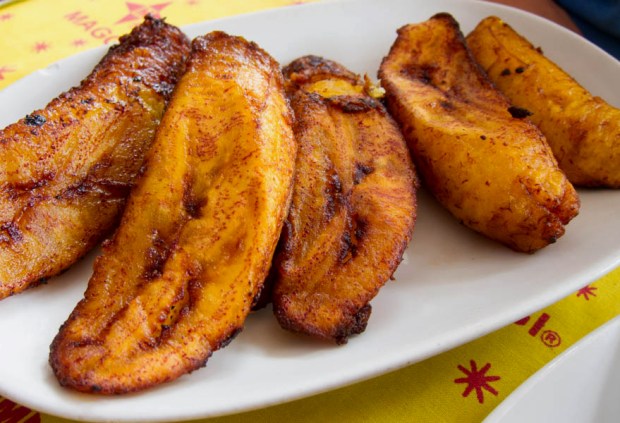
Plantains arrived in Jamaica with the Spanish in 1494 but were already an essential ingredient in West Africa by the time enslaved people from the African continent arrived on the island. In Jamaica, plantains are boiled and roasted, but mostly they are fried in oil and served as a side dish for stew peas and rice or ackee and saltfish. They can be used to add substance to a soup. They are also popular as chips.
Pumpkin soup
Calabaza is yet another indispensable component of Jamaican cuisine, transported to the island by the Taino people and integral to a popular Saturday soup. Cooked in many homes, this soup is loaded with potatoes, cho cho, and yams in a rich chicken stock. With the additions of Scotch bonnet and allspice, the full gamut of Amerindian flavors is present in this comfort dish.
Rice and peas
Many Afro-Caribbean cultures eat a plate of rice and beans as a meal. It’s rice and beans in Belize. It’s rice and “peas” (beans) in Barbados. In most places, a ladle of stewed meat or a piece of chicken is an afterthought. White rice without beans is an insult on a Sunday afternoon in Jamaica, where the traditional rice and peas were eaten by enslaved West Africans on their only day of rest. Beans were cultivated by the Taino on the island of Jamaica: Kidney beans came from South America; pigeon peas arrived with the slave trade. Today beans are cooked in coconut milk and seasoned with a blend of Old and New World elements, then served as a main or a side dish.
Roti
Unleavened flatbread, carried to the Caribbean by indentured servants from India, has found a place in Jamaican gastronomy as a side dish and a wrap for curry goat or chicken.
Run down
Many Caribbean nations feature a surf-and-turf stew chock-full of tubers and plantains. In Belize it’s known as “boil up.” In Trinidad and Tobago and Jamaica it’s called “run down.” Pickled mackerel with reduced coconut milk echoes another theme in Jamaican cookery: seafood and fruit. The combination forms the foundation of this breakfast dish, which also includes cassava, tomatoes, Scotch bonnets, and thyme—sometimes bull pizzle as well—eaten with breadfruit, plantains, and dumplings. The dish also goes by “dip it and fall back.”
Solomon Gundy

The nefarious slave trade facilitated the importation of pickled herring to Jamaica, where it has been crafted into a local pâté along with pimentos, Scotch bonnets, scallions, onions, oil, vinegar, and thyme. The spread is popular on crackers as an hors d’oeuvre, often with cream cheese: a Jamaicanized rendition of Nova Scotian pickled-herring-and-onion spread that shares the same name.
Soursop
Soursop fruit has a powerful, attractive tropical scent that perfumes the produce section of market stalls in Mexico, where it’s known as guanabana, and in Brazil, where it’s known as graviola. In Jamaica the complex sweet and mildly sour flavors of this thorny fruit are a refresher in juice form.